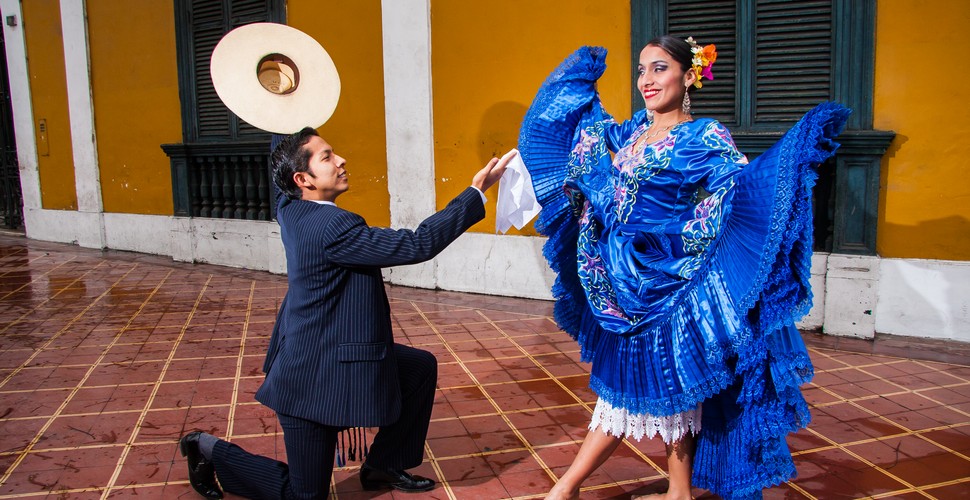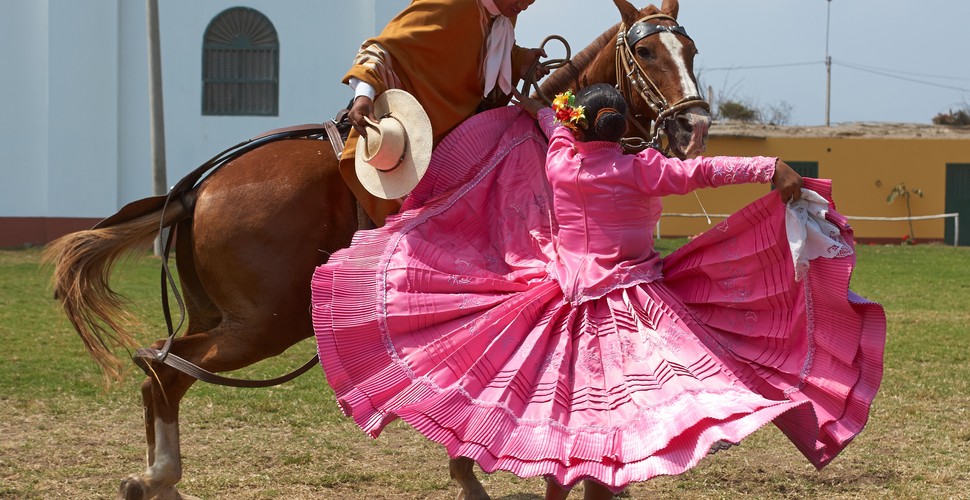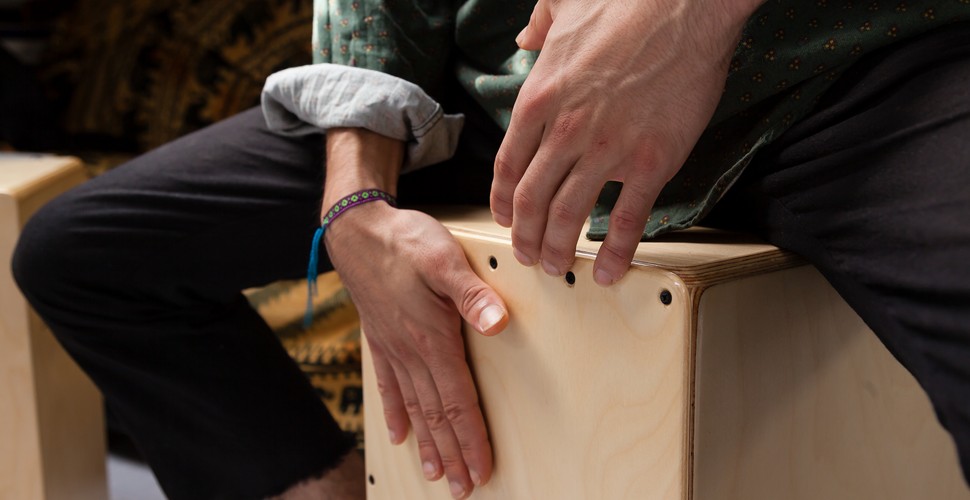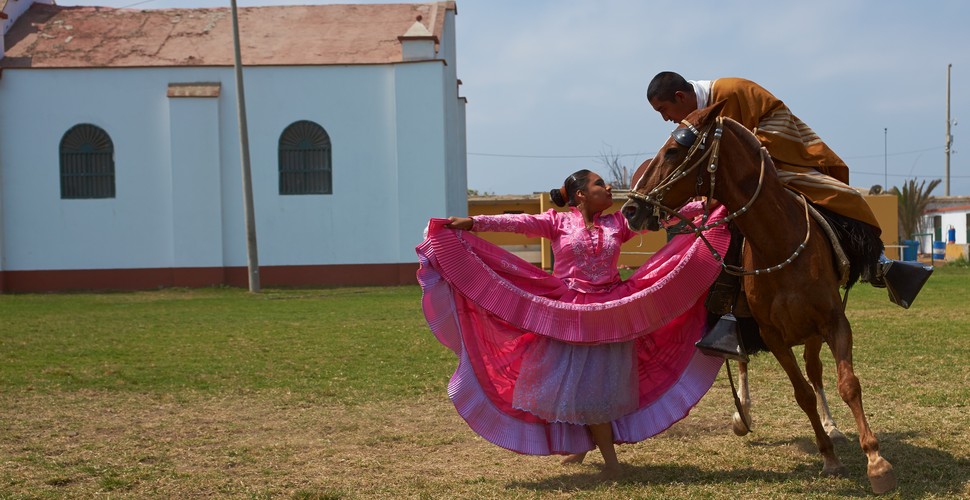
The Marinera Contest in Peru
Written by:Valencia Travel
Last Update: 2025-01-09
Every year the city of Trujillo in the north of Peru is filled with joy, rhythm, and color accompanied by marinera music, and thousands of couples from all over the country come to the Mansiche Coliseum to participate in the Trujillo Marinera National Contest. The Trujillo Marinera Festival is a Peruvian cultural event held annually in Trujillo city in January. The event focuses on a marinera dance contest, which is the traditional dance of the city, and Peru´s marinera, the national dance. The festival also presents parades, presentations, and competitions of Peruvian Paso horses. Both the marinera dance and the Peruvian Paso horse have been declared to be part of the cultural heritage of the nation by the Peruvian government. This festival is one of the most important cultural events in the country and has been recognized by the Peruvian government as the National Marinera Capital.
Marinera Dancers
The Roots of the Marinera
The Marinera has its roots in the Spanish fandango, African zamacueca, and indigenous dances. The dance portrays a couple’s flirtatious pursuit of their partner, with the woman, in her embroidered pollera (skirt) and handkerchief, wooing the man with her graceful movements. The Marinera is an example of the magnificent multiculturalism of Peru. These dances from Europe and Africa were fused with the traditional dances of the ancient Peruvians, and as a result, many years later, formed what we now know as Marinera.
Marinera Dancer and Peruvian Paso Horse
There are several versions of the origin of the Marinera, but the most widespread of them speak of the Hispanic, African and indigenous mixture. Each region has its own style, with variations in the tempo, key, clothing, and steps. The Norteña dance from Trujillo is playfully flirtatious and accompanied by a brass band. The Mochera style, also on the north coast, reflects its rural origins in the dress style. The Limeña is considered the oldest style. The elegantly dressed couples dance to the rhythms of the guitar and cajón box drum. Today, the Marinera is not only a dance but a craft industry for embroiderers, weavers, hat makers, and filigree jewelry artists, among others. Its vitality is expressed in the energy of the dancers, the rhythm of the musicians, and the hands of the artisans.
Cajón
History
Marinera
In short, The National Marinera Contest is one of the best events to learn about the culture and roots of Peru, through dance in the beautiful northern city of Trujillo. Ask us for more information here!
 Aventure
Aventure
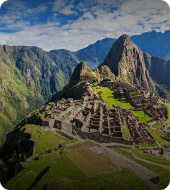 Cultural
Cultural
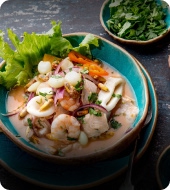 Gastronomy
Gastronomy
 Wellness
Wellness
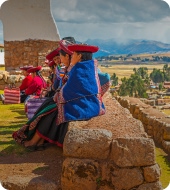 Local Living
Local Living
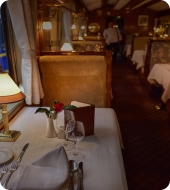 Luxury
Luxury
